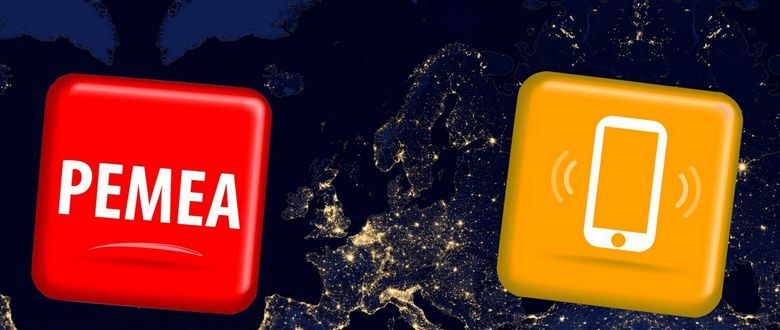
European Emergency App: EENA calls for applications to create a cross-border platform
Tourist, foreigner or a businessman in need of help? EENA announces a project for a European Emergency app that helps to communicate across borders in case of accident, illness or cardiac arrest.
Ljubljana, Slovenia – There are currently hundreds of emergency apps in use across Europe. You can find an app to find AED’s in small cities like Piacenza, Italy, or a lifesaving app for calling the 112 emergency number in France, but all these can only be used locally. This is a huge barrier that prevents tourists, foreigners and businessmen from easily asking for emergency assistance when travelling across European borders. In 2018, EENA – the European Emergency Number Association – together with Beta 80, Deveryware and the Developers Alliance, is going to do something about it.
European Emergency app to connect with reliable EMS
“It is unbelievable that emergency apps can still only be used in one specific location” Cristina Lumbreras, EENA Technical Director said. “This is extremely dangerous, and we are proud to launch a new project so that citizens can easily and reliably contact help when in need”. At the annual EENA Conference, EENA announced the launch of a new project to implement the deployment of the Pan-European Mobile Emergency Application (PEMEA) architecture.
The issues should be obvious: Emergency apps that cannot communicate cross-border cause potentially life-threatening problems and confusion for citizens and emergency services. A pan-European platform that can deliver accurate location and other information to the most appropriate emergency services Public Safety Answering Point (PSAP) is sorely needed.
The Developers Alliance is collaborating with EENA on the project. “We are proud to join forces with EENA, Beta 80 and Deveryware towards the important goal of ensuring the safety of European citizens. Pan-European access to reliable emergency services applications needs to be guaranteed and PEMEA is a great initiative in this sense” Michela Palladino, Developers Alliance director said.
Luca Bergonzi, Beta 80 manager, has a similar impression of the importance of the PEMEA architecture: “It’s great to be working with EENA, Deveryware and the Developers Alliance for a project that will break the invisible barriers of geographical borders and allow everyone to use apps in case of an emergency situation, anywhere in Europe.”
The PEMEA architecture will allow emergency apps to interconnect so that a citizen in distress can use any emergency app anywhere in Europe. The PEMEA architecture itself is not new – it has already progressed through ETSI as technical specification TS 103 478, making it a European Standard. But now the focus is on actual real-world deployments across a range of regions and countries throughout the EU.
European Emergency app, how EENA will develop the project?
EENA is calling for applications from emergency app providers and emergency services organisations to join the project. In order to be part of the PEMEA network, emergency apps and PSAP service providers need to be compliant with the PEMEA specifications. A set of tests will be performed to ensure this compatibility before the organisation is registered in the PEMEA network.
Different roles will have to be played within the PEMEA network, so EENA wants participants from emergency app providers, PSAPs providers, and interconnection sides. To ensure the success of the project, all above-mentioned roles have to be represented, but one organisation can play more than one role.
Participating organisations will also have to agree to share the experience with the project team and in the project public reports.
Project participants can develop their own interfaces with the network that will be validated by the PEMEA validators. For organisations that prefer not to develop their own interfaces, they can join the network using Beta 80 or Deveryware PEMEA services, as they will also play the role of PEMEA service providers.
In addition to initial location information, depending on the app’s functionalities, the PSAP may be able to obtain updated location information and vital user information, including languages or disabilities that may assist in dispatching first responders with the right skills and equipment to address the situation. Through PEMEA extensions, emergency services will benefit from advanced services such as total conversation.
- In the first year, at least four countries integrated into the PEMEA platform.
- An unlimited number of emergency apps connected to the PEMEA network.
- Demonstrate PEMEA capabilities over several countries.
- In the 2nd year, at least eight countries integrated into the PEMEA platform.
SOURCE

